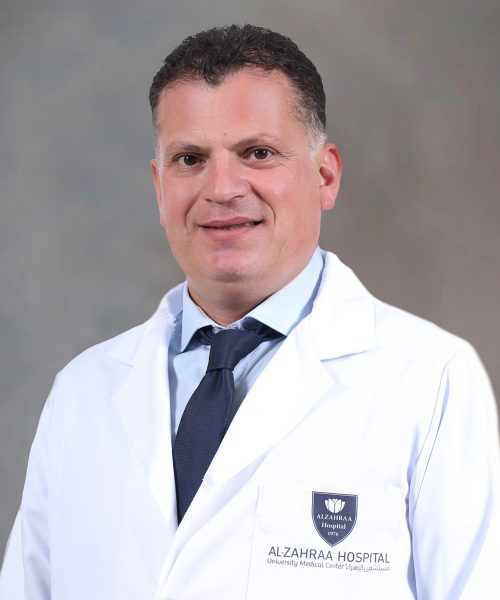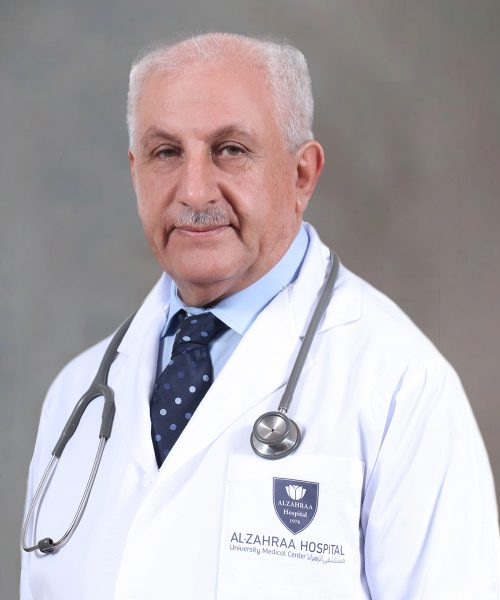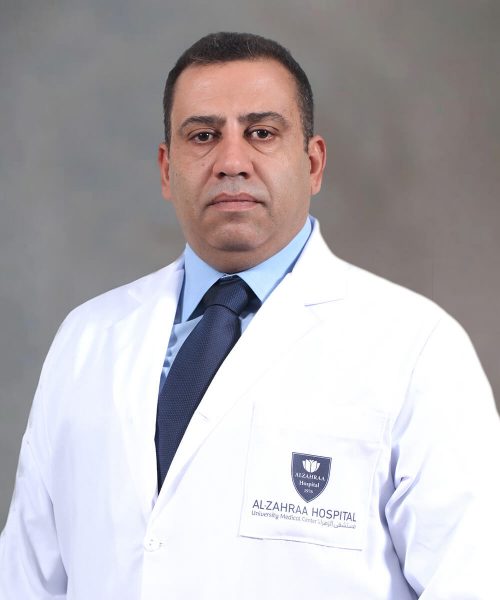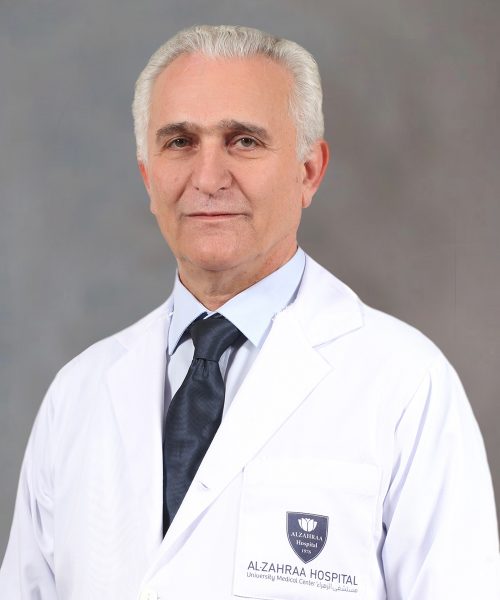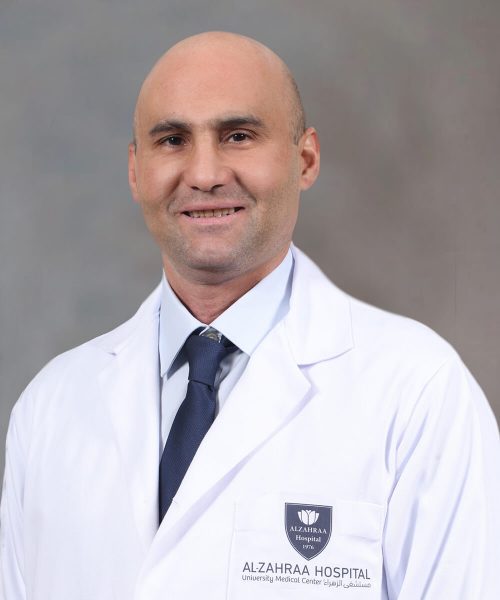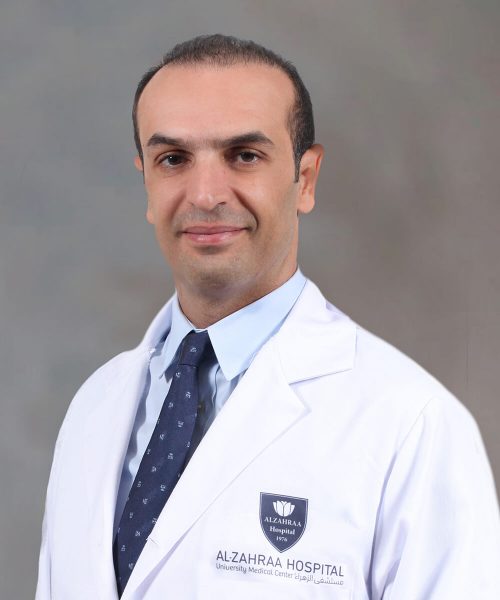Overview
The Division of Ear, Nose and Throat (ENT)- or oto-Rhino-Laryngology (ORL)- at ZHUMC is a thriving unit in which we perform the majority of surgeries and procedures in same-day hospitalization. We cover emergencies, consultation services and outpatient care to patients requiring medical treatment or minor interventions. We manage a wide spectrum of common disorders of ear, nose and throat in both adults and children such as allergies, ear infections, ear-originated dizziness, hearing loss, tinnitus, hoarseness, nosebleeds, sinus diseases, swallowing and throat disorders.
Services
Our ENT physicians guide patients through diagnosis, medical management, lifestyle modification and surgery if needed.
Some of our common procedures include:
- Ear Tubes (also known by many names such as tympanostomy tubes, ear ventilating tubes, or often pressure-equalizing tubes): A tiny hollow tube is placed under microscope in the eardrum without any stitches to let air enter into the middle ear and drain fluids. It is a safe procedure that takes around 20 minutes and causes no damage to the eardrum. It helps restore normal hearing and reduce the recurrence of infections.
- Septoplasty: it is a surgical procedure that corrects nasal septum deviation that may develop as the nose grows or could result from an injury. This treatment is indicated to allow normal and smooth nasal breathing and reduce recurrence of sinus infection.
- Rhinoplasty: it is a surgical procedure that reshapes the outside of the nose. It can be done at the same time with septoplasty when indicated. The rhinoplasty may be done in a closed fashion with no external incision, or in an open fashion with a small incision in the columella (the tissue that separates the nostrils). The incision in the columella is small and tends to heal well quickly. The choice of incision is discussed with the patient depending on his/her health and nasal anatomy.
- Tonsils and Adenoids surgery: The tonsils and adenoids are pads of tissue at the back of the nose above the throat. They produce antibodies against infections, but they are probably only important to babies. They are usually removed if they increase in size, affecting breathing, sleeping or swallowing, or if recurrent infections occur.
- Sinus Surgery: Sinus disease causes a multitude of symptoms, including stuffiness and post-nasal drainage. When therapies such as antibiotics, decongestants, antihistamines and nasal sprays do not help, sinus surgery might be a viable solution. Doctors can use a small endoscope to see deep inside nasal cavity. This office procedure, combined with detailed imaging, helps doctor understand how well sinuses are working. Those images can also help doctors plan for surgery. Many patients are back to work or school one week after surgery and back to full activity within two weeks.
- Head and Neck Tumor Assessment: Cancers of the head and neck can be particularly aggressive. Early detection is one way to reduce the chance of the cancer's spreading. These tumors should be examined as soon as possible. Doctors can use a special, lighted instrument to examine the tumor and the surrounding area, and can also perform biopsies to determine whether tumors are cancerous or benign. Accordingly, treatment plans are put in place.
Fellowship
Message From The Chair
Mission
Contact
Samer Sbeity, M.D.
Head of Department
Tel: +961-1-851040 Ext: 3333
